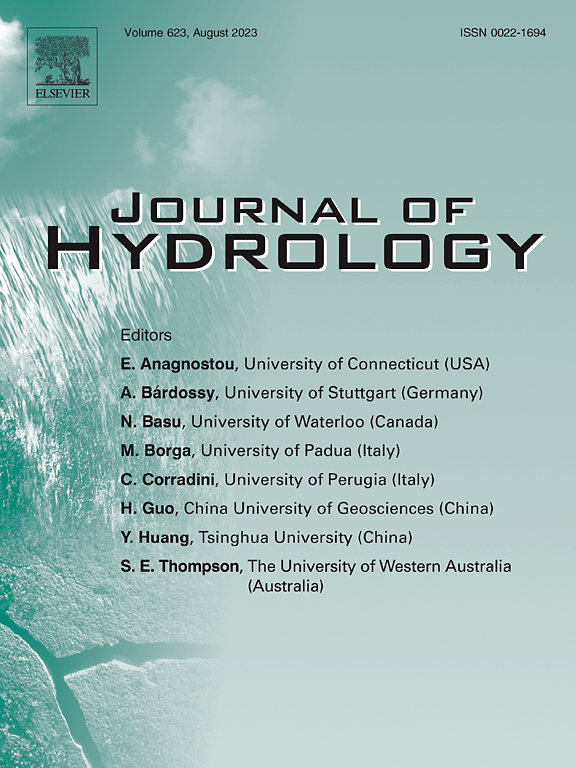Effect of matrix permeability on non-Darcian flow behavior and flow partitioning patterns in fractured porous media: Insight from experimental and numerical tests
IF 5.9
1区 地球科学
Q1 ENGINEERING, CIVIL
引用次数: 0
Abstract
Comprehending the seepage characteristics in fractured porous media is crucial for engineering construction and environmental protection. Despite extensive research, quantifying matrix contributions to flow partitioning patterns and elucidation of mechanisms remains challenging. Based on a self-developed seepage experimental system, non-Darcian flow behavior in fractures with different matrix permeabilities and fracture apertures were investigated. The results indicate that both the viscous and the inertial permeability exhibit a positive correlation with matrix permeability and fracture aperture. Increased matrix permeability weakens the resistance to flow at the matrix-fracture interface and inhibits non-Darcian flow. The flow partitioning patterns in fractured porous media were quantified experimentally. As the Reynolds number increases, the fracture flow percentage exhibits a ‘two-phase’ distribution. The relative permeability threshold corresponding to matrix flow exceeding fracture flow was scaled down from 1 in previous research to about 10−3. Further analysis revealed that matrix permeabilities and fracture apertures determine the stable phase of flow partitioning, while the relative permeability influences the trend of the abrupt phase. Moreover, a double-parameter equation was established to quantitatively characterize the effects of the permeable matrix on the flow regime evolution in fractures. The research will provide a basis for solving engineering geological problems in fractured porous aquifers.
求助全文
约1分钟内获得全文
求助全文
来源期刊

Journal of Hydrology
地学-地球科学综合
CiteScore
11.00
自引率
12.50%
发文量
1309
审稿时长
7.5 months
期刊介绍:
The Journal of Hydrology publishes original research papers and comprehensive reviews in all the subfields of the hydrological sciences including water based management and policy issues that impact on economics and society. These comprise, but are not limited to the physical, chemical, biogeochemical, stochastic and systems aspects of surface and groundwater hydrology, hydrometeorology and hydrogeology. Relevant topics incorporating the insights and methodologies of disciplines such as climatology, water resource systems, hydraulics, agrohydrology, geomorphology, soil science, instrumentation and remote sensing, civil and environmental engineering are included. Social science perspectives on hydrological problems such as resource and ecological economics, environmental sociology, psychology and behavioural science, management and policy analysis are also invited. Multi-and interdisciplinary analyses of hydrological problems are within scope. The science published in the Journal of Hydrology is relevant to catchment scales rather than exclusively to a local scale or site.
 求助内容:
求助内容: 应助结果提醒方式:
应助结果提醒方式:


